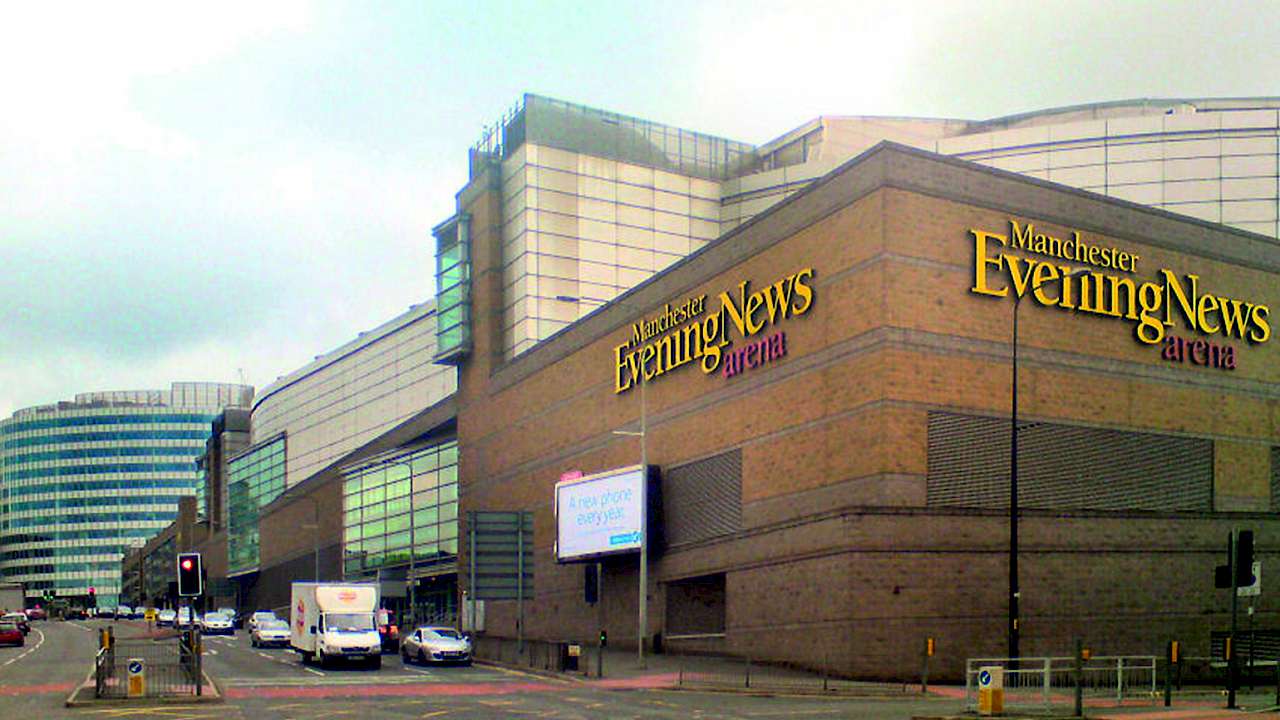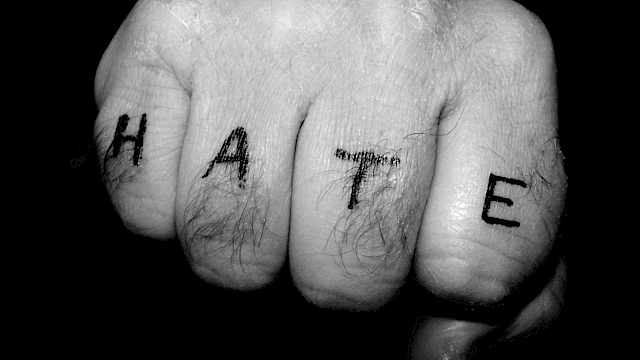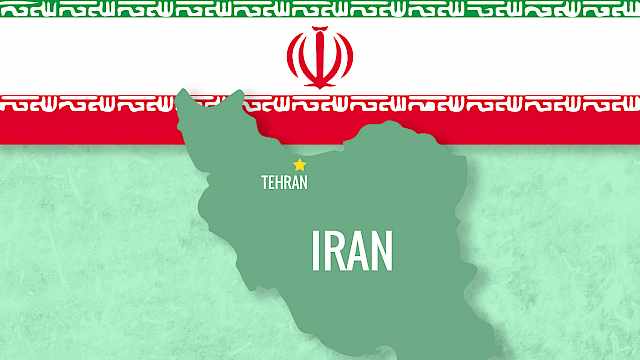The Manchester attack illustrates how Western society is locked in an arms race with an ever-adapting group of terrorists who keep changing their tactics and targets. Winning the battle depends on a number of complex factors and the acceptance that on the morning of June 23 Britain woke up to a new reality. A world where your teenage daughter can be killed while doing nothing more than attending a pop concert became a reality.
A suicide bomber entered the foyer at the Manchester Arena and detonated an IED loaded with shrapnel. The plan was simple, kill as many revellers as possible and sacrifice yourself in the effort. Job done. The most deadly terrorist attack in Britain in a decade.
What will be disconcerting for those tasked with keeping people safe is that this slaughter occurred at a time of already heightened security. The authorities have long been aware that crowded places offer attractive targets for terrorists and have planned for that eventuality. This is why major sporting and entertainment venues undergo site assessments and employ a range of measures aimed at blocking off attacks or at least mitigating their worst effects. These measures can range from physical security (such as fixed bollards) to prevent IEDs in vehicles from exploding near to a venue, surveillance to detect suspicious people or behaviour (principally CCTV systems) and personnel security (venue access control and patrols).
These site-specific measures are overlaid by national policing and intelligence efforts aimed at detecting, monitoring and neutralising any creditable terrorist threats – currently operating at the highest critical threat level. But why did these efforts fail in Manchester?
Three main challenges
There are at least three central challenges in these circumstances.
First, attackers are opportunistic, adaptive and innovative in their methods, responding quickly to new security measures, driving an arms race between them and the countermeasures deployed by defenders. The one who gets ahead in the race is determined by who innovates and deploys the adaption faster. This results in a continual disruption in the balance of advantage between authorities and adversaries.
Plotters looking at the Manchester Arena would have been aware that access control arrangements going in would risk detection, maybe even prevent detonation, but this did not deter. There would also have been a recognition that the foyer was open and vulnerable and that large crowds still congregated there in that confined space at the night’s end. This is an example of what criminologists call crime displacement – if you’re not careful, fortifying one place can result in simply shifting the problem to a neighbouring area.
Second, many crowded places are often complex sites. They are multi-functional, encompassing different configurations of businesses and property ownership that affect the coordination and management of security arrangements.
Lastly, terrorist attacks are rare events and so may not be given top priority, notably if a financial cost is involved and the threat is perceived to be low. Commercial priorities will always compete, especially where market conditions are challenging. So there is a fine balance to be sought between the need for security and the normal functioning of a venue.
Can anything more be done?
Security can always be tightened. At Manchester Arena, they may wish to consider concourses and foyers with layered access control and perhaps phased passage on exit once a show is over. The site should always aim to make it more difficult, riskier, and less rewarding for attackers – measures which are referred to by the generic term situational crime prevention. The problem is that attackers can simply direct their focus elsewhere. The recent attacks in Westminster, Paris, Stockholm, Berlin and St. Petersburg demonstrate how versatile target selection can be alongside attack methods (lorries and cars became killing machines and night markets killing fields).
In truth, what can be done is quite limited. It’s impossible to adequately protect a very wide variety of potential targets, at least for the masses (Britain’s rulers fare better). Short of closing them all down, all crowded places suffer essential vulnerabilities when faced with a lone individual with bomb-making skills and equipment.
Neither is anyone, at least not yet, calling for what would be to the British a rather extreme scenario as represented by the Israeli model, where all shopping malls, restaurants, hospitals, office buildings or any public facility have licensed private security guards checking bags on entry. For the foreseeable future, such risk reduction measures would carry unacceptable costs to finance, civil liberties and convenience. It would also exaggerate the scale of the threat being posed.
Despite all this, the situation is not hopeless. It should be remembered that the attacker did not get inside the arena, which possibly saved lives. Ultimately, the answer to the tactic of terrorism will only lie in a political solution.
Two other lines of approach – which stem from our own research – may also help. My colleagues and I have developed an indicative tool kit on how to protect complex sites which are also crowded places, like passenger terminals, from terrorist attack. We concluded that more needs to be done to organise and communicate best practice to site security managers, enabling them to differentiate threats within their sites and develop security plans.
We also need to do more to consider the role of intelligence. Often the first person to know or suspect something about someone moving towards, or involved in, acts of terrorism will be those closest to them: their friends, family and community insiders. Their willingness to come forward and share knowledge, suspicions, and concerns with authorities is critical because they offer a first line of defence.
We are currently finding out more about the barriers and challenges people face in sharing information or cooperating with authorities, as well as what motivates them to surmount these challenges. This would tell us why those with concerns can fail to engage fully with government reporting campaigns. At the moment this is a critical blind spot in current counter-terrorism thinking and strategy.
This article was originally published on The Conversation. Read the original article.






